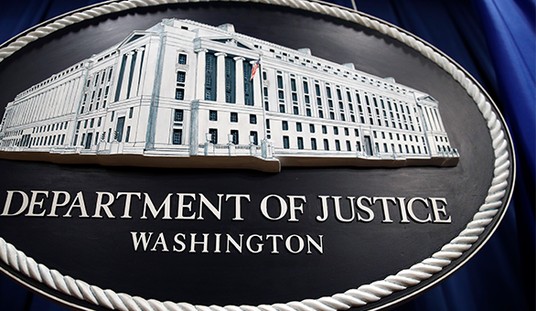
Sept. 18, 1947: Happy Birthday, U.S. Air Force! America’s air and space warfare service (and the descendent service of the U.S. Army Air Forces), the U.S. Air Force becomes an independent and equal arm of the American military.
Sept. 19, 1777: Battle of Freeman’s Farm — the first engagement in the Battle of Saratoga (during the American Revolution) — opens between Continental forces under the command of Gen. Horatio Gates and British forces under Gen. John “Gentleman Johnny” Burgoyne. Brits carry the day, but suffer heavy losses. Continentals will ultimately win Saratoga.
Sept. 20, 1797: The Continental Navy frigate Constitution is launched in Boston harbor.
Today USS Constitution – known affectionately as “Old Ironsides” — is the “oldest ship in the American Navy,” and continues serving in the 21st century as a duly commissioned ship crewed by active-duty U.S. sailors and Naval officers in order to further public awareness of American Naval tradition.
Sept. 20, 1863: Confederate forces under the command of Gen. Braxton Bragg (yes, Fort Bragg, N.C. is named in his honor) prevail against Union forces under Maj. Gen. William, though Bragg’s casualties are far higher than those of Rosecrans.

Confederate Gen. D. H. Hill will say: “It seems to me that the elan of the Southern soldier was never seen after Chickamauga; the brilliant dash which had distinguished him was gone forever. He fought stoutly to the last, but after Chickamauga, with the sullenness of despair, and without the enthusiasm of hope. That ‘barren victory’ sealed the fate of the Southern Confederacy.”
Sept. 23, 1779: The famous battle of the North Sea opens between Continental Navy frigate Bonhomme Richard under the command of Capt. John Paul Jones, and Royal Navy frigate HMS Serapis.
During the height of the fighting, Serapis’ Captain Richard Pearson issues an appeal to Jones that the American ship surrender. Jones refuses.
According to the story, the British captain – aware that Bonhomme Richard is badly damaged and sinking – shouts across the water between the two dueling ships, inquiring as to whether or not Jones has lowered or struck his colors. Jones shouts back, “I have not yet begun to fight!”
It has since been widely reported that Jones reply was, “I may sink, but I’ll be damned if I strike!”
In fact, Bonhomme Richard does sink: But not before Pearson himself surrenders (believed to be “the first time in naval history that colors are surrendered to a sinking ship”), and Jones transfers his flag to his newly captured prize, Serapis.

Capt. John Paul Jones
Bonhomme Richard (the first of five American warships named after Benjamin Franklin’s pen name) is the former French frigate, Duc de Duras.
Jones is destined to become “the Father of the American Navy,” though – in some circles – it is argued that title belongs to Commodore John Barry.
Sept. 24, 1918: U.S. Navy Ensign (future rear admiral) David S. Ingalls – on loan to the Royal Air Force and flying an RAF Sopwith Camel – shoots down enemy aircraft number five, becoming the first ace in U.S. Naval Aviation history, and the Navy’s only ace of World War I.
Sept. 24, 1960: Forty-two years to the day after Ensign Ingalls scores his fifth kill, Naval Aviation history is again made with the launching of America’s first nuclear-powered aircraft carrier, USS Enterprise (the eighth of eight so-named American Navy ships since 1775).








Join the conversation as a VIP Member